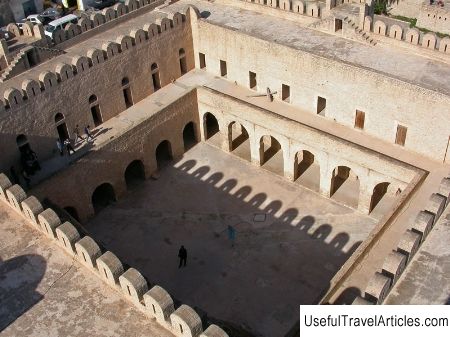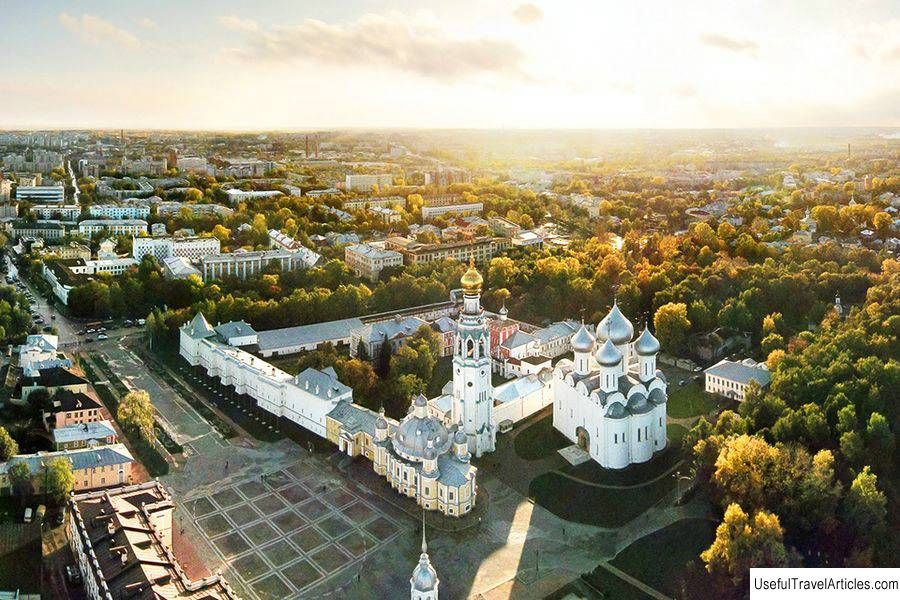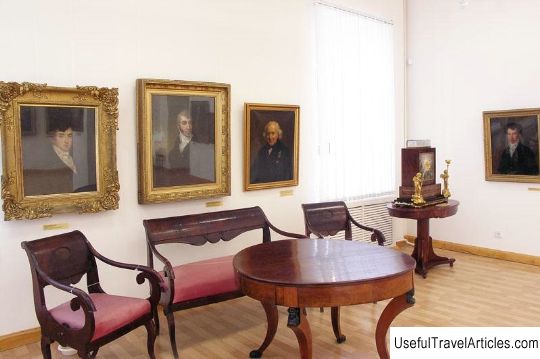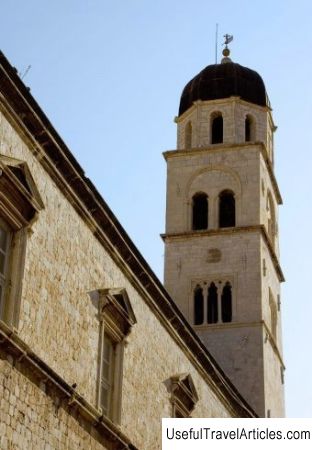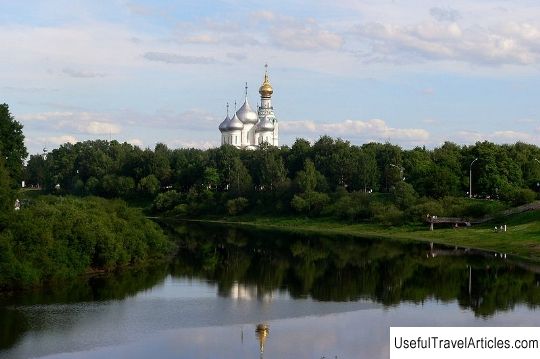Resurrection Cathedral description and photos - Russia - North-West: Vologda
Rating: 8,9/10 (8065 votes) 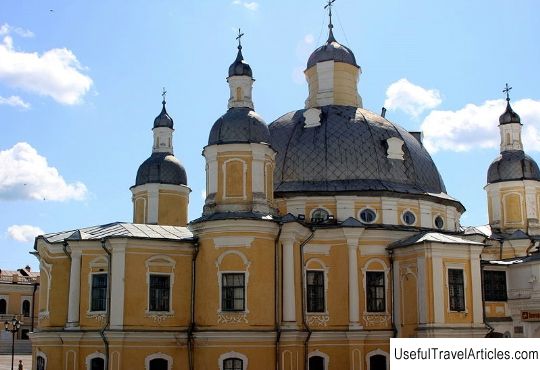
Resurrection Cathedral description and photos - Russia - North-West: Vologda. Detailed information about the attraction. Description, photos and a map showing the nearest significant objects. Photo and descriptionThe Resurrection Cathedral is a former cathedral in the city of Vologda, which was built in 1772-1776 by order of the Vologda Archbishop Joseph Zolotoy. Today, this building is considered the main premises of the regional Vologda art gallery, as well as a monument of federal significance. There are a lot of iconographic and archival materials on the history of the formation of such a famous monastery. Materials concerning the history of the Vologda Cathedral are kept in the department of special written sources of the Moscow Historical Museum, as well as in the funds of the state archives of the Novgorod and Vologda regions. The history of the Vologda monastery, like most Russian monasteries, is accompanied by its own legend ... A merchant from Moscow, loaded with his goods, walked along the river on a boat towards Beloozero. As soon as he swam the mouth of the Yagorba River, darkness reigned around, and the boat ran aground. The merchant was very struck by such an unknown phenomenon and began to pray, but then he saw an incredible picture: the mountain, located on the right bank of the river, seemed to be illuminated with a bright fire, and pillars of light began to emanate from it. Suddenly everything was gone. The merchant decided to climb the mountain and saw a beautiful picture that combines endless forests and the smooth flow of the river. The merchant made a vow to himself that he would build a chapel on this place. He realized his desire by placing the image of the Resurrection of Christ in the built chapel. Legend has it that two monks, Athanasius and Theodosius, came to the built chapel, who decided to arrange a desert life in it. The synodikon, now lost, is the first to mention Bishop Ignatius of Belozersk and Rostov, who was in the cathedra during 1355-1364. It is for this reason that the foundation of the monastery is attributed to this period of time. There is practically no information about what the Monk Theodosius was like. Local tradition calls him exactly the merchant who, in the hard times of the plague that prevails in Moscow, lost his family and decided to take monastic vows from the Monk Sergius. The question still remains open: who really was the Monk Theodosius, and also where he took monastic vows, and how his meeting with the Monk Athanasius happened. According to I.F. Tokmakov, Afanasy was a native of the famous city of Ustyuzhna and for some time was tied up at the Church of the Nativity of Christ in the status of a holy fool. He was also called by the nickname "iron staff", which says that the Monk Athanasius always carried with him an iron club in order to exhaust the flesh. Most likely, after a while, he went to the Trinity Monastery, where he received tonsure from the Monk Sergius of Radonezh. The Resurrection Cathedral is an oval two-story building with five domes. The cathedral has a refectory, an elongated altar, and four semicircular chapels on both sides. The cathedral is crowned with a large dome with oval windows and lucarnes, and ends with a dome with a lantern. The dome is surrounded by octagonal two-tier turrets or chapels of aisles. The facade of the building is decorated with Tuscan columns and pilasters; the windows are framed with curly platbands. The main entrance to the church is located from the Kremlin Square and was built in the Empire style with columns and pediments of the Tuscan order on the occasion of the arrival of Alexander I. Many art critics came to the opinion that this object was greatly coarse and simplified during construction. As for the interior, it is very difficult to judge its original appearance, because during the years 1832-1833 it underwent a radical change. G.K. Lukomsky believed that the interior of the cathedral did not represent anything particularly interesting, and the ornamental painting characterizes the lack of taste during the reign of Alexander II and Alexander III. In the refectory of the cathedral during 1847-1928 there was a "Zyryanskaya" icon Trinity dating back to the 14th century, which amazes with its unique inscriptions in the Zyryan language, made in the ancient Permian script.      We also recommend reading Palacio Nacional da Ajuda description and photos - Portugal: Lisbon Topic: Resurrection Cathedral description and photos - Russia - North-West: Vologda. |
